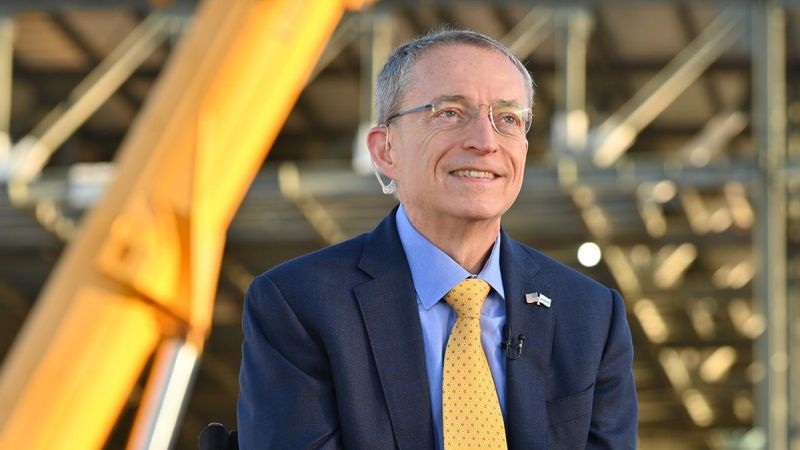Some tensions with TSMC do not really push Intel to abandon TSMC’s services, even if it is technically possible. The head of the company explained that only 70% of the crystals for Panther Lake processors will be produced by Intel in-house, and even successors in the form of Nova Lake processors will remain dependent on TSMC.

Image Source: Intel
«At Panther Lake, some of the crystals will be produced by third-party manufacturers, but in area terms, the main part of the entire package will return, more than 70% of the silicon area will return home,” Patrick Gelsinger explained at the quarterly reporting conference. The bulk of the silicon wafers processed during the production of Panther Lake processors, he added, will be produced by Intel itself. Let us remind you that the Panther Lake family should be the first in the client segment to try on Intel 18A production technology.
Answering an analyst’s question about the origin of Nova Lake processors, the head of Intel added: “We will definitely continue to release some SKUs with the involvement of third-party partners, but the vast majority of Nova Lake and additional crystals will also return home.” The flexibility of order distribution between Intel Foundry and a third-party contractor will be maintained, but the company will fulfill the bulk of orders in the Nova Lake family independently.
According to Gelsinger, “TSMC has been a great partner so far,” and the collaboration on Lunar Lake has proven the benefits of this approach, which Intel will continue to selectively apply to new product lines in the future. Independent production of crystals for its processors significantly improves the profitability of Intel’s business, so it is extremely interested in “returning” them to its assembly line.
Gelsinger also acknowledged that Arizona facilities will play an important role in the transition to Intel 18A technology. Mass production of such chips will begin in the second half of next year, but the first silicon wafers with their samples will roll off the assembly line in Arizona in the first quarter.
In general, as Intel management notes, servicing third-party clients by the Foundry division will provide only a small part of its revenue until 2026, but by the end of the decade, core revenue should grow to at least $15 billion. Over the next two years, Intel Foundry will primarily serve the company’s internal orders. But already now, chip packaging services at Intel enterprises pay for themselves, although they do not bring significant revenue in absolute terms.
Gelsinger simultaneously stated that third-party clients for chip packaging are interested in Intel’s services, even with an initial focus on cooperation with TSMC. “I would say we are seeing significant interest in this area and are re-engineering the supply chains, although it is difficult and takes some time to certify products because many of these designs were originally developed for CoWoS and now they (customers) are looking towards Foveros and other unique technologies that we have – such as EMIB, for example.” It can be assumed that Nvidia is thinking about adapting the design of its chips to Intel’s technological capabilities in the field of chip packaging, although historically it has used the CoWoS layout of Taiwan’s TSMC. However, we may also be talking about other clients of the latter who are eyeing cooperation with Intel.